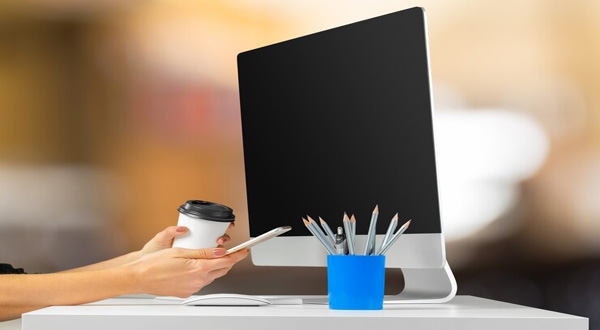How to Set Up a New Computer: A Comprehensive Guide for Everyone
- Update Time : Monday, February 19, 2024
- 22 Time View

Meta Title:
Setting Up a New Computer: Your Ultimate Guide | Keyword: Computer Setup
Meta Description:
Learn how to set up a new computer hassle-free with our comprehensive guide. From unboxing to optimizing settings, we’ve got you covered. Get started today!
—
Table of Contents
| Sr | Headings |
| — | ————————- |
| 1 | Introduction |
| 2 | Unboxing and Setup |
| 3 | Connecting Peripherals |
| 4 | Powering On and Initial Setup |
| 5 | Operating System Setup |
| 6 | Software Installation |
| 7 | Personalization |
| 8 | Security Measures |
| 9 | Backup Solutions |
| 10 | Optimization Tips |
| 11 | Troubleshooting |
| 12 | Conclusion |
| 13 | FAQs |
—
1. Introduction
Welcome to the world of computing! Setting up a new computer can be an exciting yet daunting task. Whether you’re unboxing your first computer or upgrading to a new one, this guide is here to simplify the process for you. Let’s dive in!
2. Unboxing and Setup
Unboxing:
First things first, carefully unbox your new computer and ensure all components are intact.
Setup:
Follow the manufacturer’s instructions to assemble the hardware components such as the monitor, keyboard, and mouse.
3. Connecting Peripherals
External Devices:
Connect your printer, speakers, and any other external devices to the appropriate ports.
Internet Connection:
Establish a stable internet connection via Wi-Fi or Ethernet cable.
4. Powering On and Initial Setup
Power On:
Press the power button to turn on your computer.
Initial Configuration:
Follow the on-screen prompts to set language, time zone, and user preferences.
5. Operating System Setup
OS Installation:
If your computer doesn’t come pre-installed with an operating system, follow the instructions to install one.
Updates:
Ensure your operating system is up-to-date by installing the latest updates.
6. Software Installation
Essential Software:
Install essential software such as web browsers, office suites, and antivirus programs.
Customization:
Personalize your computer by installing applications tailored to your needs.
7. Personalization
Themes and Backgrounds:
Customize your desktop with themes and wallpapers that reflect your style.
User Accounts:
Set up user accounts for each individual using the computer, if applicable.
8. Security Measures
Antivirus:
Install a reliable antivirus program to protect your computer from malware and viruses.
Firewall:
Enable the built-in firewall or install a third-party firewall for added security.
9. Backup Solutions
Data Backup:
Set up automated backups to prevent data loss in case of hardware failure or system crashes.
Cloud Storage:
Consider utilizing cloud storage services for additional data backup and accessibility.
10. Optimization Tips
Performance Optimization:
Optimize your computer’s performance by removing unnecessary startup programs and optimizing settings.
Disk Cleanup:
Regularly perform disk cleanup to free up disk space and improve system performance.
11. Troubleshooting
Common Issues:
Identify and troubleshoot common issues such as slow performance or connectivity problems.
Online Resources:
Utilize online forums and support resources for troubleshooting assistance.
12. Conclusion
Congratulations! You’ve successfully set up your new computer. Remember to regularly update your software, maintain security measures, and backup your data to ensure smooth operation.
13. FAQs
Q1: How do I choose the right computer for my needs?
A:Consider factors such as budget, intended usage (e.g., gaming, work), and specifications (e.g., processor, RAM) when choosing a computer.
Q2: Can I upgrade my computer’s hardware in the future?
A: Yes, you can upgrade certain hardware components such as RAM and storage, but it’s essential to check compatibility with your existing system.
Q3: How often should I update my antivirus software?
A: It’s recommended to update your antivirus software regularly, ideally set it to update automatically to ensure continuous protection against new threats.
Q4: What should I do if my computer freezes or crashes frequently?
A: Try restarting your computer first. If the issue persists, check for software updates, scan for malware, and consider consulting a technician if needed.
Q5: Is it necessary to perform regular backups of my data?
A: Yes, regular backups are crucial to prevent data loss in the event of hardware failure, software corruption, or other unforeseen circumstances. Setting up a new computer doesn’t have to be overwhelming. With this guide, you’ll be up and running in no time, ready to explore the endless possibilities of your new device!


















